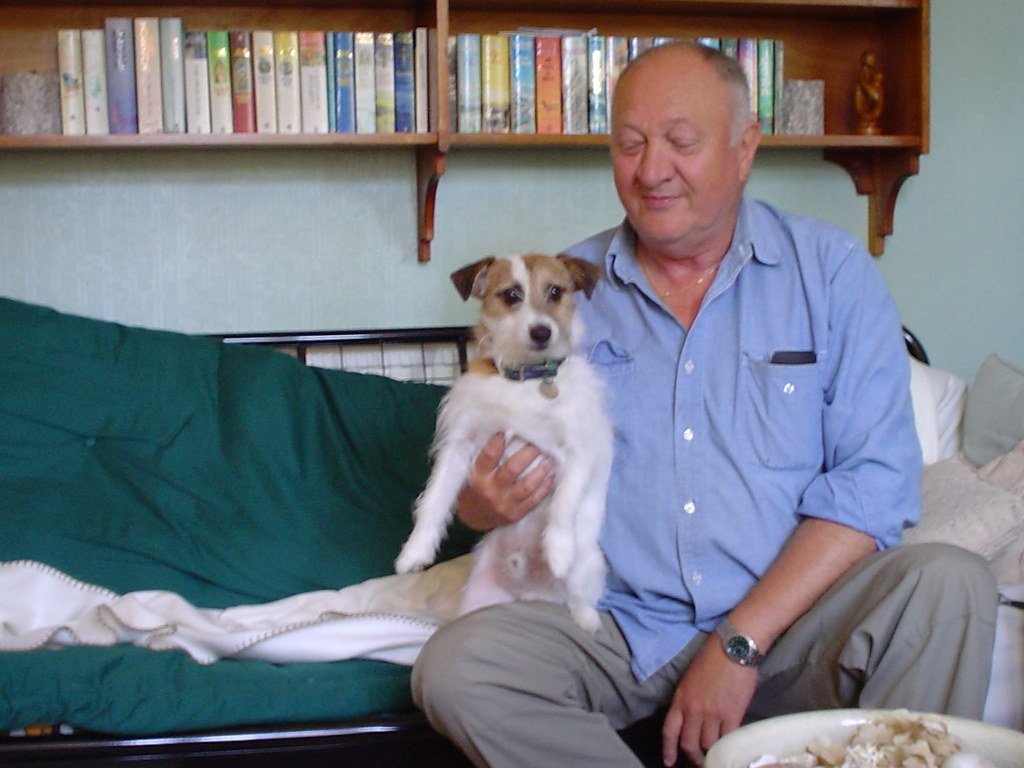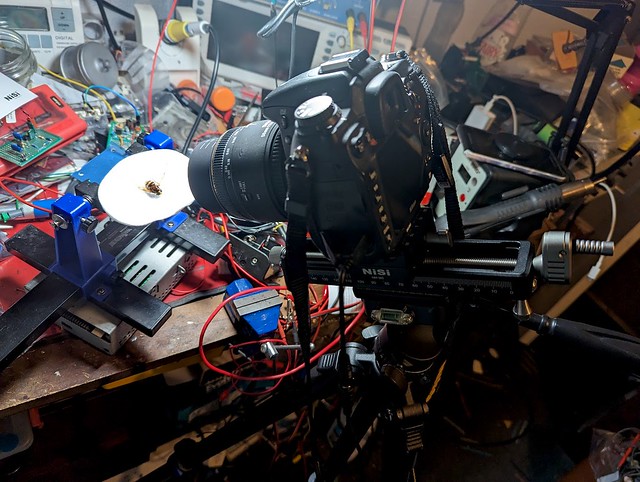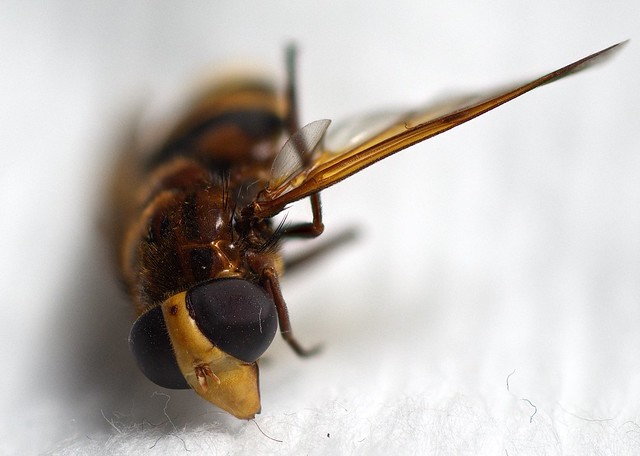I don’t think I have unreasonable expectations of my writing tools, I just want to keep what I write in one place accessible from anywhere I have a computer, and with some sort of index or some way of searching what I’m writing. I’ve tried a few different systems, the one I’m using at the moment is Joplin. I like it, I have several notebooks, each with various drafts in them, some of which will see the light of day here. Others are just for my own documentation and some of the various work purposes.
Joplin is nice. I can write Markdown and it mostly does a good job of turning it into something looks reasonable on the screen, I’m quite a fan mark down now. Are used to use a lot of LaTeX and also got into the mediawiki formatting but they can be a bit cumbersome and they also give you too many options to play with. You have to resist the urge to have a drop cap at the start of every paragraph and you complete too much with the CSS. Markdown by default gives me headings, bold and italic a few list formats and lets me insert images, just what I need really.
One major complaint I have with Joplin, is it tries to be too useful, I like that it tries to have some version control built-in, so I can roll back to different versions of any writing. That’s really useful. What I don’t like is the way it handles inserted images. If I am writing about my dog for example, I might want to put in a photo that probably has a filename, something like photoofmydog.jpeg, Joplin doesn’t really seem to deal with this, instead of a nice human readable filename it takes the file into its version control and give it a nice computery type of name, that looks like a cross between a uuencoded file and IP6 address and some random digits of ?. This isn’t such a problem as long as the writing and the file state in Joplin, but when I come to export it, to put it on this website or somewhere else, or if I just want to search for photoofmydog.jpeg, then I’m kind of stuck, the random digit file name propagates through all the way to the screen of the reader; I don’t like this.
I could write some tools to parse the output from Joplin, and then feed it to pandoc other software for producing nicely formatted output, but that just really seems more work than I want to go into. I know Joplin is open source, so in theory I could just go in and make the change in there and run my own edited version, but I think this is probably even more work. I like writing, you might not think it if you read this blog as I don’t update very often and quite often just stick something up at the spur of the moment, just to make it look like I haven’t entirely forgotten that this site exists, I just want my tools to work with me rather than against me.
Anyway, here’s a picture of my dog the file name that Joplin has created is : 0120c0bb80ef4f678a1c3f619733dfd8.jpeg – it just rolls off the tongue, doesn’t it?






